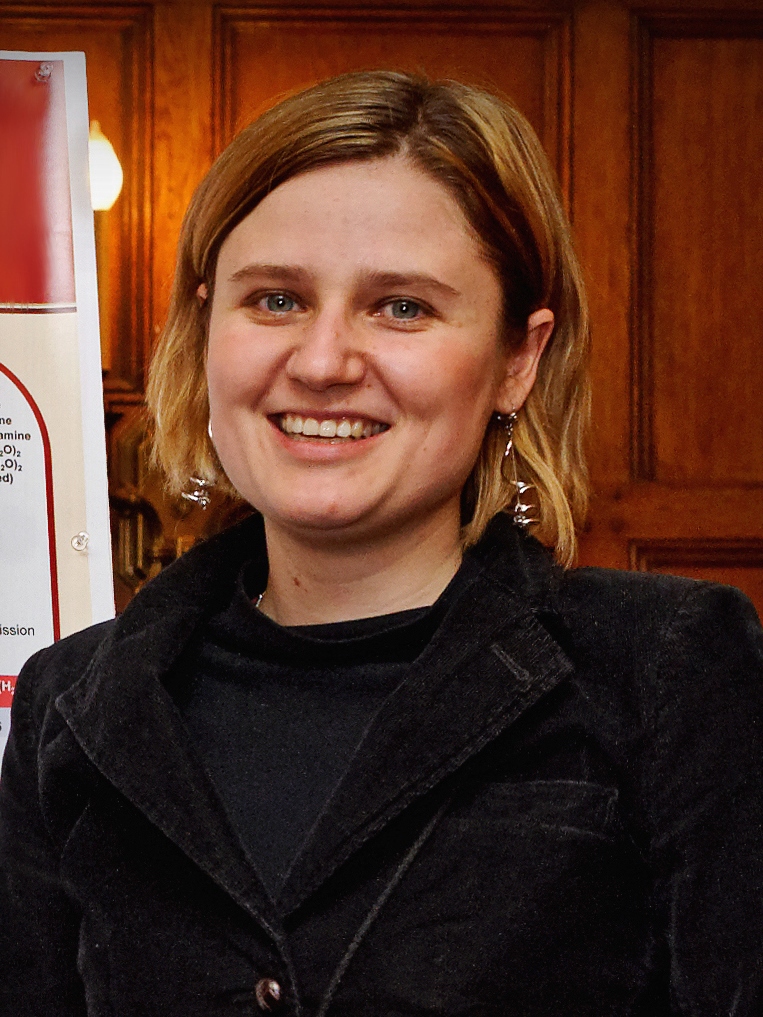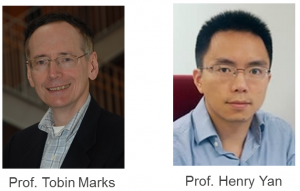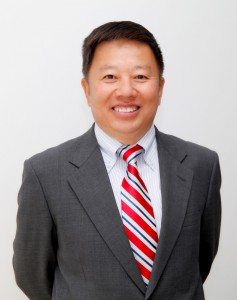| Professor Natalia Shustova from University of South Carolina joined the Editorial Board of Materials Chemistry Frontiers as Associate Editor. Her current research interests are graphitic hybrid materials for sustainable energy conversion, sensors, switches, and artificial biomimetic systems. |
Natalia Shustova received her M.S. degree in Materials Science in 2004 from Moscow State University (MSU), Russia, and two Ph.D. degrees, the first in Physical Chemistry in 2005 from MSU and the second in Inorganic Chemistry in 2010 from Colorado State University. She then did postdoctoral research at the Massachusetts Institute of Technology. In 2013 she joined the faculty at the University of South Carolina as an Assistant Professor of Chemistry. She is the recipient of an NSF CAREER Award, MIT Infinite Kilometer Postdoctoral Award, an MIT/Bruker Symposium Award, a German Academic Exchange (DAAD) Graduate Research Scholarship, an Electrochemical Society Herbert H. Uhlig Summer Fellowship, and a Humboldt University (Berlin) L. Euler Student Fellowship.
Check some of her recent publications:
Photophysics of GFP-related chromophores imposed by a scaffold design
E. A. Dolgopolova, T. M. Moore, W. B. Fellows, M. D. Smith and N. B. Shustova
Dalton Trans., 2016, Advance Article
Redox-active corannulene buckybowls in a crystalline hybrid scaffold
W. Brett Fellows, Allison M. Rice, Derek E. Williams, Ekaterina A. Dolgopolova, Aaron K. Vannucci, Perry J. Pellechia, Mark D. Smith, Jeanette A. Krause, Natalia B. Shustova
Angew. Chem. Int. Ed., 2016, 55, 2195–2199
Williams, D. E.; Dolgopolova, E. A.; Pellechia, P.J.; Palukoshka, A.; Wilson, T. J.; Tan, R.; Maier, J. M.; Tan, R.; Greytak, A. B.; Smith, M. D.; Krause, J. A.; Shustova, N. B.
J. Am. Chem. Soc. 2015, 137, 2223–2226.
Dolgopolova, E. A.; Williams, D. E.; Greytak, A. B.; Rice, A. M.; Smith, M. D.; Krause, J. A.; Shustova, N. B.
Angew. Chem. Int. Ed., 2015, 54, 13639–13643.
Audrey S. Duke, Ekaterina A. Dolgopolova, Randima P. Galhenage, Salai C. Ammal, Andreas Heyden, Mark D. Smith, Donna A. Chen, and Natalia B. Shustova
J. Phys. Chem. C, 2015, 119, 27457–27466
Learn more about the research carried out by Natalia’s group, visit their group website: http://www.chem.sc.edu/faculty/shustova/site/Shustova_group.html.
New journal: Materials Chemistry Frontiers – The international, high quality journal for topical and multi-disciplinary research on all aspect of materials chemistry.
Editor-in-Chief Ben Zhong Tang answers your questions about Materials Chemistry Frontiers.













